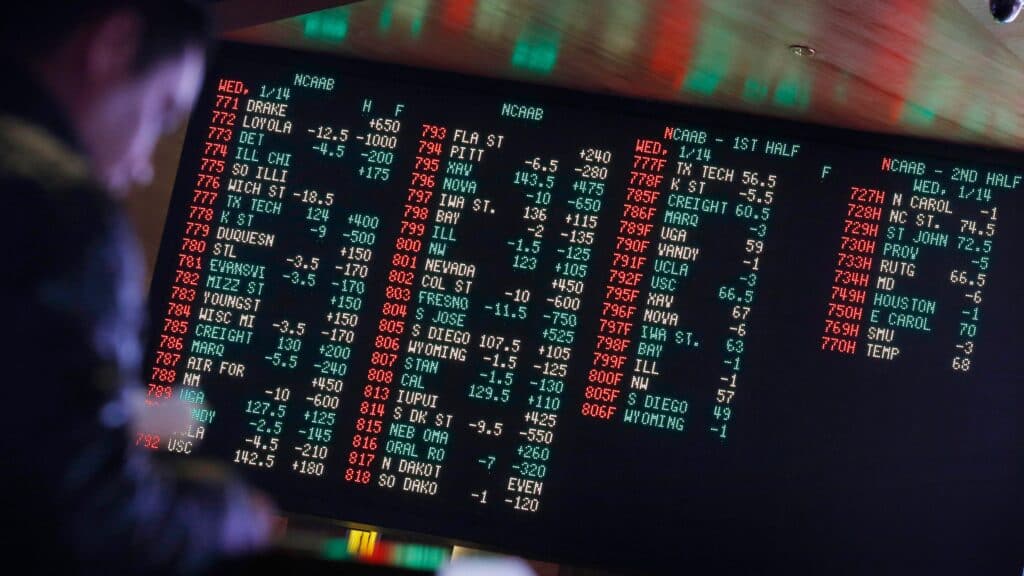Online horse racing has transformed significantly over the past few decades. From traditional pari-mutuel betting to modern virtual and fantasy racing, the evolution of this thrilling pastime reflects broader changes in technology and player preferences. This article delves into the various online horse racing variants, their evolution, and the impact on the industry.
Traditional Online Horse Racing
Historical Background
Traditional online horse racing emerged as an extension of live horse racing, allowing enthusiasts to place bets on real races through digital platforms. Initially, this form of betting was primarily conducted via desktop websites, which provided real-time updates and live streaming of races. According to the UK Gambling Commission, the online horse racing sector has been a significant part of the broader online gambling market, which saw an overall growth of 10% in 2022 (source: UK Gambling Commission).
Key Features and Market Share
Traditional online horse racing involves placing bets on actual races occurring at various tracks globally. The industry relies heavily on pari-mutuel betting, where all bets are pooled together, and the payout is based on the proportion of the pool wagered on each horse. This variant remains popular due to its simplicity and direct connection to real-world events.
In the United States, traditional horse racing betting contributed approximately $1.5 billion in revenue in 2022, reflecting its enduring appeal among bettors (source: American Gaming Association). Major platforms include Betfair, TwinSpires, and TVG, each offering a comprehensive suite of features for horse racing enthusiasts.
Virtual Horse Racing
Emergence and Development
Virtual horse racing emerged in the early 2000s as a digital alternative to live racing. Unlike traditional racing, virtual races are generated using random number generators and simulations. This variant gained traction due to its accessibility and the ability to offer continuous betting opportunities.
H2 Gambling Capital reports that virtual sports betting, including horse racing, accounts for around 5% of the total online sports betting market. The appeal of virtual racing lies in its 24/7 availability and the elimination of weather or track conditions affecting the outcome.
Market Impact and Popularity
Virtual horse racing has become a staple in online gambling platforms, particularly those focused on providing a diverse range of betting options. In 2022, the virtual sports market, including horse racing, was valued at approximately $7 billion, with predictions indicating a growth rate of 12% annually (source: H2 Gambling Capital). This growth is driven by advancements in graphics and simulation technology, enhancing the realism and engagement of virtual races.
Fantasy Horse Racing
Concept and Evolution
Fantasy horse racing combines traditional betting with fantasy sports elements. Bettors create fantasy teams of horses and earn points based on their performance in real races. This variant leverages the fantasy sports craze that began with fantasy football and baseball, offering a unique twist on horse racing.
The fantasy sports industry, including horse racing, saw significant growth, with a market valuation of $23 billion in 2023. The segment continues to expand, with fantasy horse racing platforms such as Derby Wars and Horse Racing Fantasy League gaining popularity (source: Grand View Research).
Player Engagement and Growth
Fantasy horse racing engages players by allowing them to draft and manage teams of horses over a season or multiple races. This format adds a strategic layer to betting and fosters a sense of ownership and involvement. The rise of mobile apps and online platforms has further fueled the growth of fantasy horse racing, making it more accessible to a global audience.
Augmented and Virtual Reality Horse Racing
Technological Innovations
Augmented Reality (AR) and Virtual Reality (VR) are at the forefront of revolutionizing online horse racing. AR enhances the betting experience by overlaying digital information onto the real world, while VR offers immersive racing environments where players can experience the thrill of horse racing from a first-person perspective.
The AR and VR markets are experiencing rapid growth, with the AR market projected to reach $340 billion by 2028 and the VR market expected to surpass $50 billion by 2027 (source: MarketsandMarkets). These technologies provide a more engaging and interactive experience for online bettors, allowing them to visualize races and interact with the environment in unprecedented ways.
Implementation and Future Trends
Several online platforms are beginning to incorporate AR and VR into their offerings. For instance, VR horse racing simulations allow players to feel as if they are at the track, while AR applications provide real-time statistics and race information in an immersive format. These innovations are expected to enhance the overall betting experience and attract new players to the market.
Artificial Intelligence in Horse Racing
Role and Advancements
Artificial Intelligence (AI) is increasingly being used to analyze race data, predict outcomes, and enhance the betting experience. AI algorithms analyze historical race data, horse performance, and various other factors to provide more accurate predictions and insights for bettors.
AI’s role in horse racing has expanded with advancements in machine learning and data analytics. ResearchAndMarkets projects the AI in sports market, including horse racing, to grow at a CAGR of 20% from 2023 to 2028. This growth is driven by the increasing adoption of AI technologies to enhance betting strategies and improve decision-making processes (source: ResearchAndMarkets).
Impact on Betting Strategies
AI-driven insights and predictive models are changing the way bettors approach horse racing. By leveraging AI, players can access more sophisticated tools for analyzing race data and making informed betting decisions. This shift towards data-driven betting is expected to continue as technology evolves and becomes more integrated into the online horse racing experience.
Conclusion
The evolution of online horse racing reflects the broader trends in technology and player preferences. From traditional pari-mutuel betting to virtual races, fantasy leagues, and innovative AR/VR experiences, the online horse racing landscape is continuously adapting to meet the demands of a diverse and global audience. As technology continues to advance, it is likely that new and exciting variants will emerge, further enriching the world of online horse racing.



